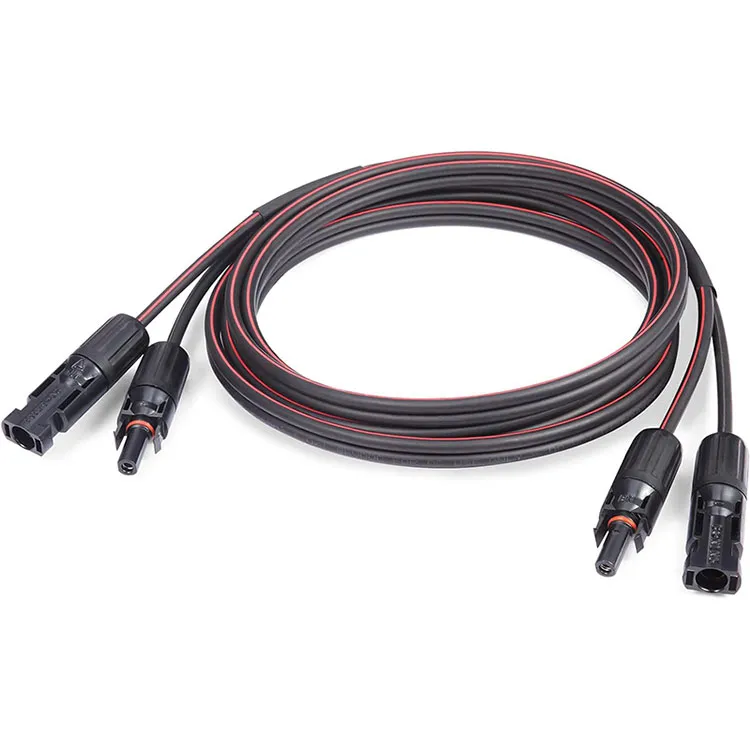Tips for Choosing the Right Solar Cable for Your Installation
2024-12-10
Solar cables are the lifeline of any solar energy system, carrying power from your panels to the inverter and beyond. With a variety of options available, selecting the right solar cable is critical for system performance and safety. This blog provides practical tips to help you make an informed choice.
1. Match the Cable to Your System’s Specifications
Every solar system has unique requirements, including voltage, current, and power ratings. Ensure the solar cable you choose:
- Matches the voltage rating of your panels and inverter.
- Supports the maximum current output of your system.
- Is compatible with both DC and AC (if used for hybrid systems).

2. Prioritize Cable Quality
High-quality solar cables are more durable and efficient. Look for cables with:
- Double Insulation: For added safety and protection.
- Weatherproofing: Ensures longevity in outdoor installations.
- UV Resistance: Prevents degradation due to sunlight exposure.
- TUV or IEC Certification: Guarantees compliance with industry standards.
3. Consider the Installation Environment
The environment plays a key role in cable selection:
- Outdoor Installations: Use cables with enhanced weatherproofing and UV resistance.
- Underground Installations: Opt for cables with robust sheathing to prevent damage from soil and moisture.
- Extreme Temperatures: Choose cables with a wide operating temperature range.
4. Choose the Correct Cable Size
Cable size impacts the efficiency and safety of your system:
- Undersized Cables: Can lead to overheating and energy loss.
- Oversized Cables: Increase costs unnecessarily.
Calculate the optimal size based on the system’s current and distance of the cable run.
5. Look for Flame Retardant and Halogen-Free Options
Safety should always be a priority. Solar cables that are flame retardant and halogen-free reduce the risk of toxic smoke and fire hazards, especially in residential and commercial settings.
6. Don’t Forget Connectors
Ensure that the connectors are compatible with the chosen cables and meet the system’s current and voltage requirements. Pre-installed connectors can simplify the installation process and ensure a secure fit.
7. Plan for Future Scalability
If you plan to expand your solar system in the future, select cables that can handle additional power requirements. This reduces the need for costly upgrades later.
Conclusion
Selecting the right solar cable is a critical step in building a reliable and efficient solar energy system. By prioritizing quality, safety, and compatibility, you can maximize your system’s performance and longevity. Consult with a solar expert or electrician to ensure you make the best choice for your specific needs.
Invest in the right cables today for a brighter, more sustainable tomorrow!


